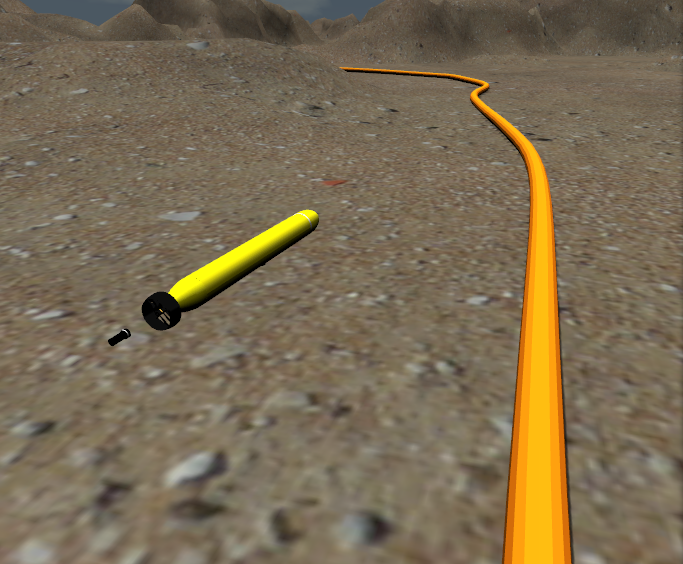- Underwater docking
- Classification of sonar data with deep learning
- Vehicle system performance optimisation
- Hydrobatics simulator
- Autonomous underwater perception
- Underwater navigation
- Robust, flexible and transparent mission planning and execution
- Multi-agent mission planning and execution
- Air-independent energy storage
- Autonomous situation awareness and world modeling
- Underwater communication
- Networking
- Demonstrator program
Description
The aim of this project is to develop algorithms that allow robust navigation of AUVs while submerged. We are interested in situations where current solutions such as Long-Base-Line and Ultra-Short-Base-Line are not a practical options.
The algorithms include SLAM solutions based on camera and/or sonar sensors. In this sub-project, from the earliest stage, focus is directed towards data collection. Data will be collected from more benign environments such as MMT survey data or data from maritime underwater robots in the SEAFARM.
To prepare for Arctic environment data will also be collected from ROV’s in the Antarctic to facilitate realistic testing of the SLAM solutions. Later in the project we will run the SLAM on the Maritime Underwater Robots in the water but there are several options for that of varying degrees of difficulty and impact.
People
John Folkesson, assoc. Professor Robotics, Perception and Learning KTH – Project leader
Ignacio Torroba – PhD student
Nils Bore – Post-Doc

